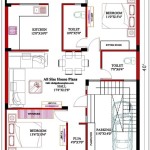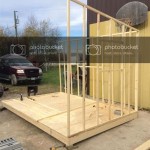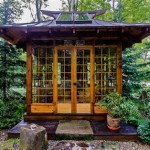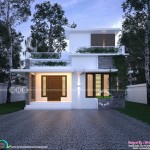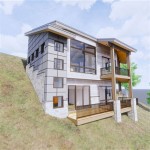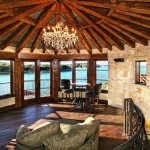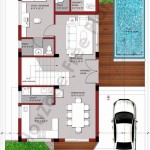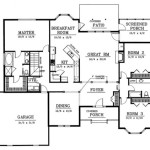Essential Aspects of Passive Solar Home Designs Floor Plans
Passive solar home designs harness the sun's energy to create comfortable indoor environments while minimizing energy consumption. Floor plans play a crucial role in optimizing passive solar design strategies. Here are some essential aspects to consider when planning a passive solar home:
Orientation and Window Placement
Proper orientation is key. The home should be positioned so that the majority of windows face south in the Northern Hemisphere (or north in the Southern Hemisphere). This maximizes solar heat gain during the winter when the sun is lower in the sky. Windows should be strategically placed to capture sunlight and distribute it evenly throughout the living spaces.
Overhangs and Shading Devices
Overhangs and shading devices such as awnings and shutters provide shade during the summer months, preventing overheating. In the winter, when the sun is lower in the sky, these devices allow sunlight to penetrate the home, contributing to passive solar heating. Proper sizing and placement of overhangs are essential for effective shading.
Thermal Mass
Thermal mass materials such as concrete, brick, and stone absorb and store solar heat during the day and release it gradually at night. This helps to maintain comfortable temperatures without relying on active heating systems. Thermal mass should be strategically located in areas that receive ample sunlight, such as south-facing walls and floors.
Insulation and Airtightness
Insulation is crucial for minimizing heat loss in the winter and heat gain in the summer. High-performance insulation should be used in walls, ceilings, and floors to prevent unwanted heat transfer. Additionally, air sealing measures should be employed to minimize drafts and air leaks, further enhancing energy efficiency.
Natural Ventilation
Natural ventilation is essential for maintaining good indoor air quality and reducing the need for mechanical ventilation. Windows and doors should be placed to promote cross-ventilation, allowing cool air to enter and circulate through the home. Vents and chimneys can also be incorporated to assist with natural ventilation.
Passive Solar Appliances
Passive solar appliances, such as Trombe walls and sunspaces, can be integrated into the floor plan to enhance passive solar performance. Trombe walls consist of a dark-colored wall facing south that absorbs solar heat and radiates it into the home. Sunspace, glazed enclosures attached to the south side of a building, capture sunlight and act as a buffer zone between the interior and exterior.
By carefully considering these aspects in the floor plan, architects and homeowners can create passive solar homes that are energy-efficient, comfortable, and environmentally sustainable. A well-designed floor plan is the foundation for a successful passive solar home design that will provide lasting benefits and enhance the quality of life for the occupants.

Passive Solar Home Plan At Alternative Heating Com House Design Homes Plans

Great Floor Plan For Solar Passive Home In Google Search House Plans Narrow

Deltec Homes Renew Collection Ridgeline B 1604sf Passive Solar Layout Vaulted Ceilings High Clere House Plans Prefabricated Houses Dream

Passive Solar House Design

Passive Solar House Plans Version 3 Byexample Com

Solar Adobe House Plan 1870
What Does A Passive House Cost To Build Leanhaus

Building At The Ledge Passive Solar House Design

4 Bedroom With Passive Solar Design 16506ar Architectural Designs House Plans

House Plan With Pergola The Is Poorly Oriented For Passive Solar Scientific Diagram

